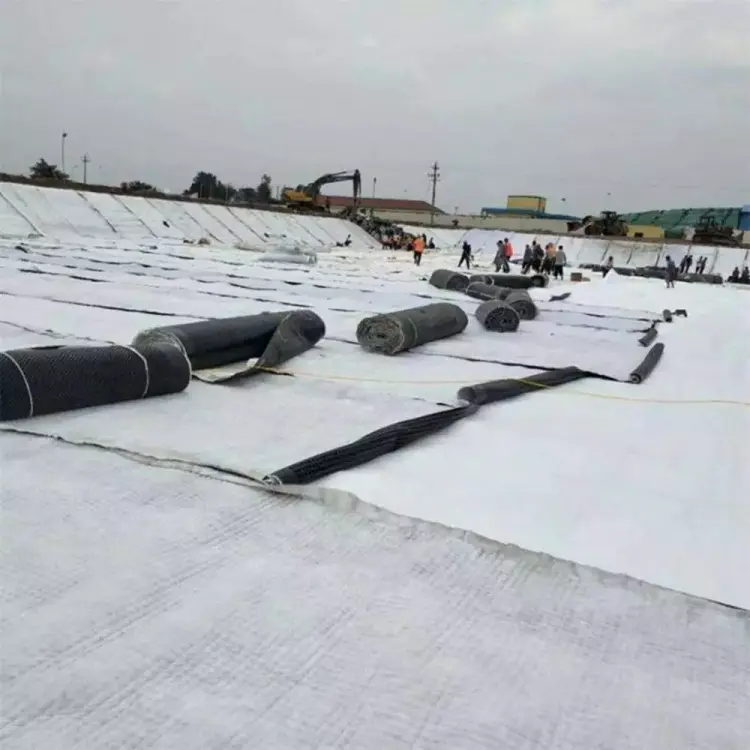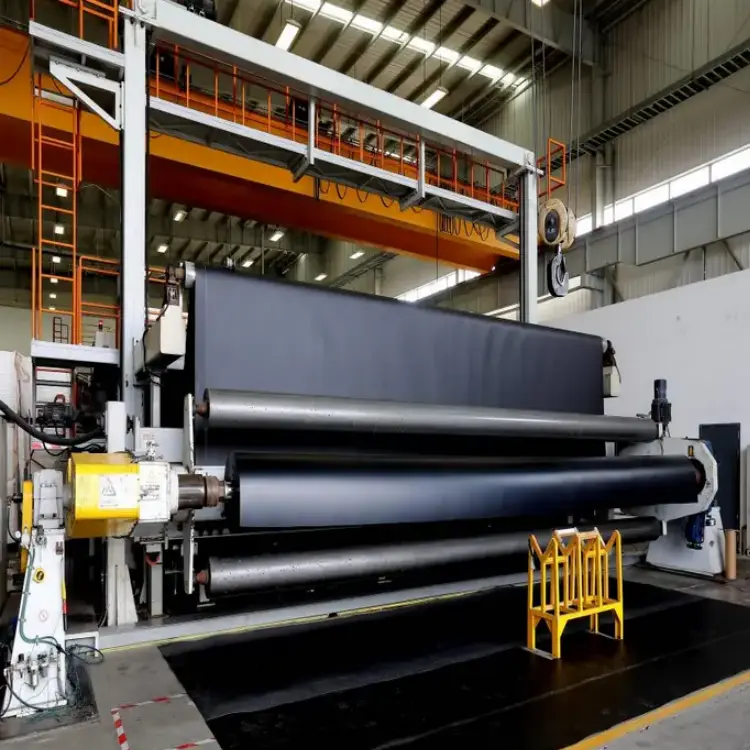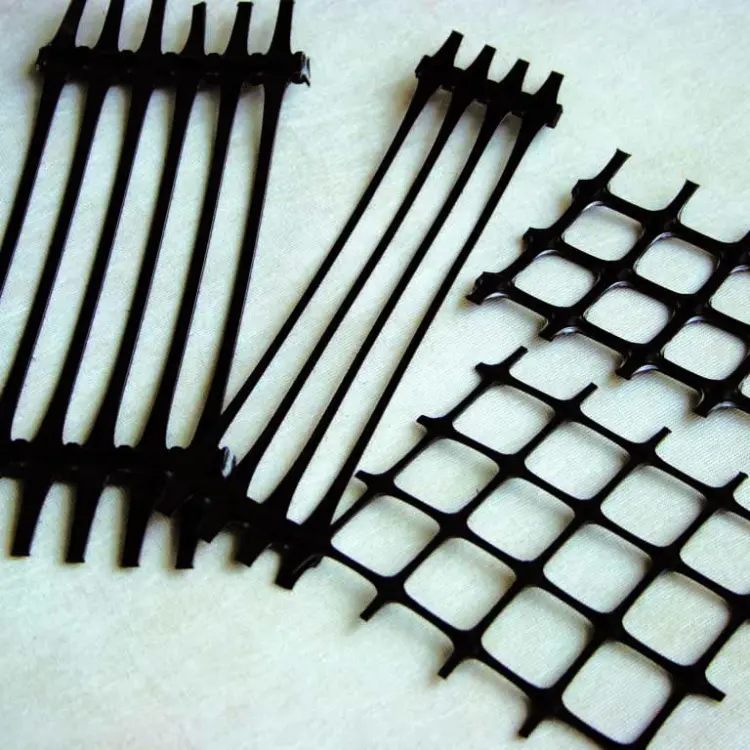I. Introduction
Geotextiles, as crucial geosynthetic materials, play an indispensable role in modern civil engineering. Widely applied in water conservancy, transportation, environmental protection, and construction sectors, they offer multiple functions including filtration, drainage, separation, reinforcement, and protection. With sustained global economic growth and continuous infrastructure development, the geotextile industry is embracing broad prospects for expansion.
II. Industry Status
(1) Market Size
The global geotextile market reached $7.88 billion in 2024. In China, after years of development, the industry has established a relatively complete industrial chain with an expanding market scale. From 2020 to 2031, China’s synthetic geotextile market demonstrated steady growth.
(2) Application Fields
Geotextiles serve diverse sectors:
- Water Conservancy: Seepage control, drainage, and reinforcement in dams, reservoirs, and canals.
- Transportation: Subgrade reinforcement, pavement drainage, and slope protection in roads and railways.
- Environmental Protection: Seepage prevention and filtration in landfills and wastewater plants.
- Construction: Basement waterproofing and rooftop greening in buildings.
(3) Production Processes
Primary manufacturing methods include woven and nonwoven processes:
- Woven geotextiles offer high strength and stability through weaving techniques.
- Nonwoven geotextiles provide superior filtration and drainage via needle-punching or hydroentangling.
Advanced technologies like filament spunbond needle-punching have gained significant traction.

III. Technological Advancements
(1) High-Performance Material R&D
Innovations focus on high-strength woven geotextiles and filament spunbond nonwovens, enhancing tensile strength and durability. Functional variants like biodegradable and smart-responsive geotextiles are emerging.
(2) Intelligent Manufacturing
IoT and big data integration enable automated production with smart monitoring systems, boosting efficiency and quality control.
(3) Eco-Friendly Trends
Driven by sustainability:
- Adoption of biodegradable/recyclable materials reduces environmental impact.
- Process optimization minimizes energy consumption and pollutant emissions.
IV. Market Trends
(1) Demand Growth
Global infrastructure development (especially in China and India) fuels sustained demand for highways, railways, and water projects.
(2) Product Diversification*
Beyond conventional functions, specialized products with waterproofing, anti-seepage, insect/antibacterial resistance are emerging.
(3) Intensified Competition
Market expansion spurs competition through technological innovation and M&A activities, leading to industry consolidation.
V. Policy Environment
Government initiatives prioritize infrastructure investment (roads, railways, water conservancy), creating market opportunities. Standards and regulations guide sustainable industry development.
VI. Challenges & Opportunities
(1) Challenges
- Raw material volatility: Polyester/polypropylene prices fluctuate with crude oil markets.
- Technical bottlenecks: R&D gaps persist in high-performance materials and smart manufacturing.
- Competitive pressure: Market entry intensifies rivalry, demanding enhanced core competencies.
(2) Opportunities
- Infrastructure acceleration: Global construction projects expand addressable markets.
- Technological innovation: New materials and processes unlock growth potential.
- Policy support: Sustainability-focused regulations favor eco-friendly geotextiles.
VII. Conclusion
As a vital component of civil engineering, the geotextile industry holds significant growth potential. Advancements will drive evolution toward high performance, intelligence, and environmental sustainability, supported by technological progress and market expansion.

